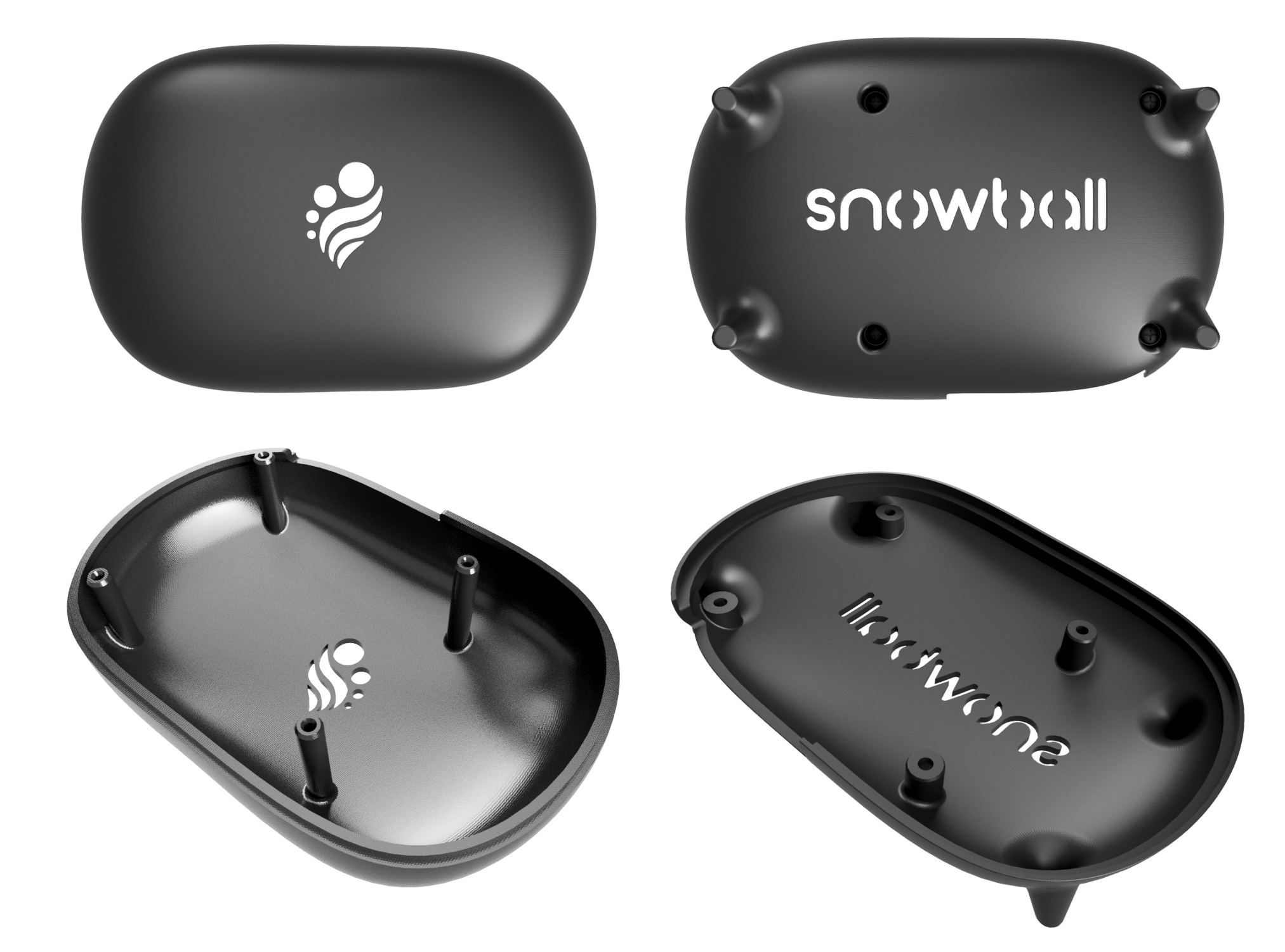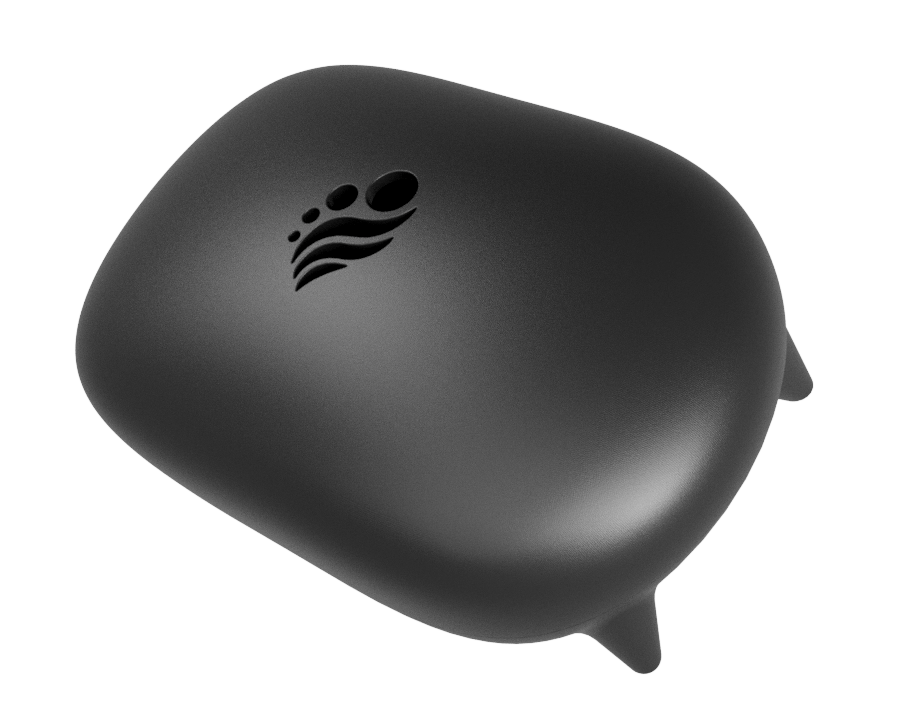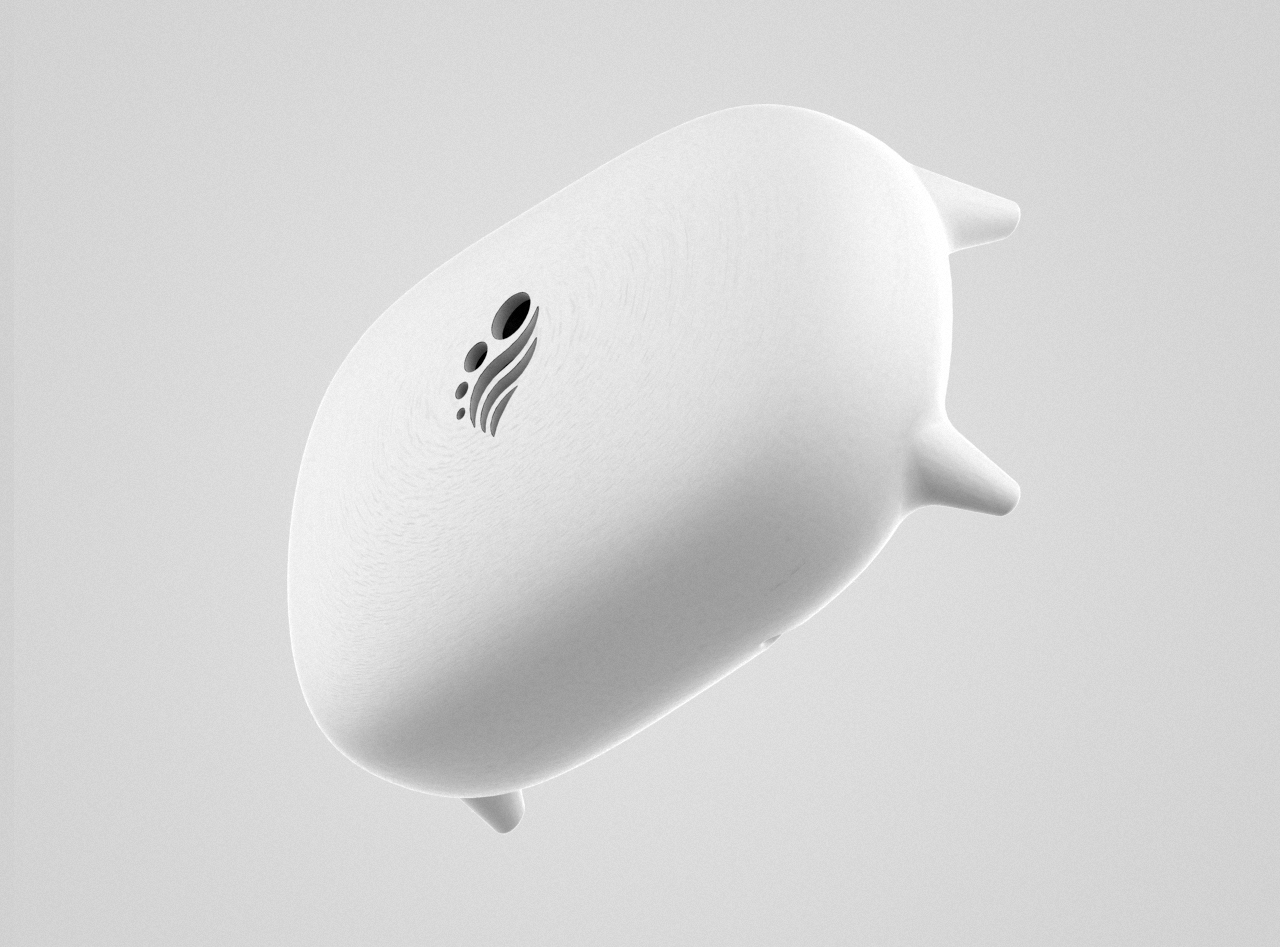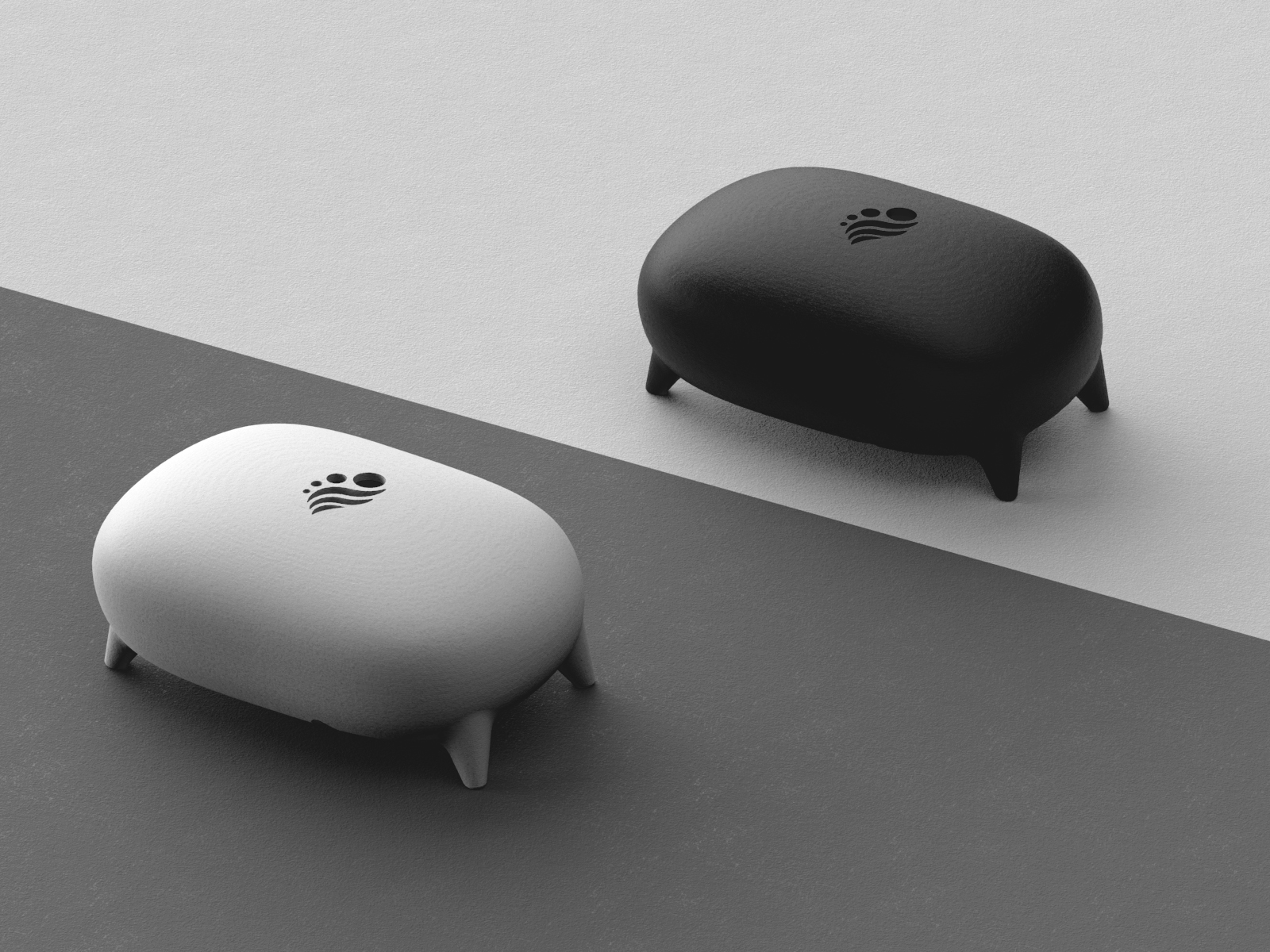
Custom Raspberry Pi 4 B Case Design for 3d Print - Free Download
We wanted to use the Raspberry Pi as a simple lounge/desktop/signage device, but we just could not find a case that suited our aesthetic needs and we did not want to hide it away anywhere either. That is why we decided to be the change we want to see in the world, and design one for ourselves. And why not share the product design and the subsequent product design process with everyone. TLDR: you can download the 3D models and Step files for 3D print.
What is a Raspberry Pi?
We will keep this section short, but for those of you that do not know, the raspberry PI is a so called System on a Chip (SoC). Think of it as a desktop computer with no extras, like screen, peripherals or even casing. There are a lot of options available for casings, but if you google raspberry pi case you will find very technical and boxy designs, quite the opposite of what we were looking for.
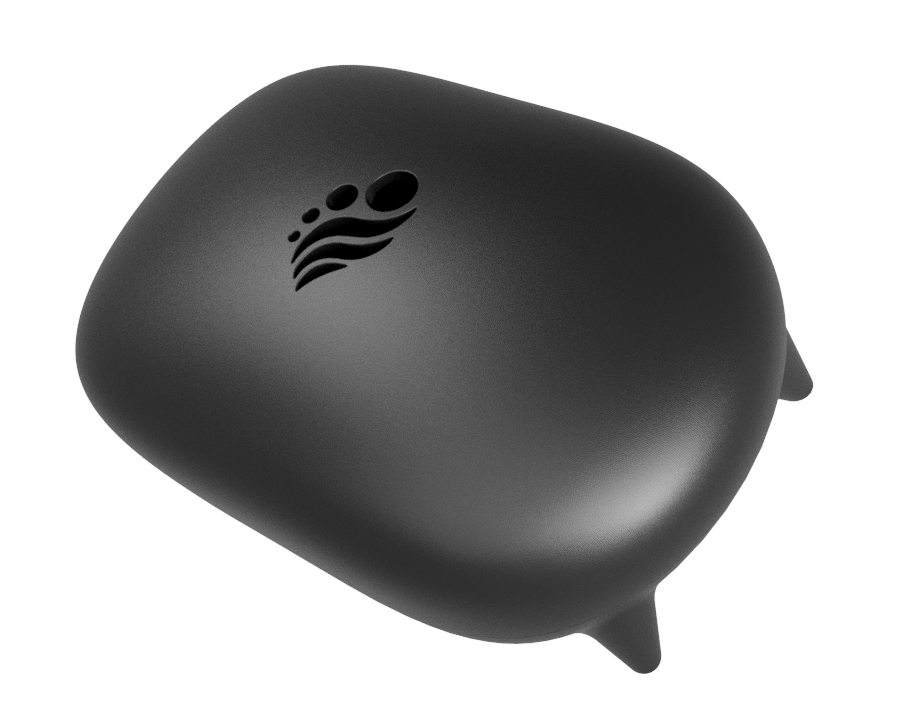

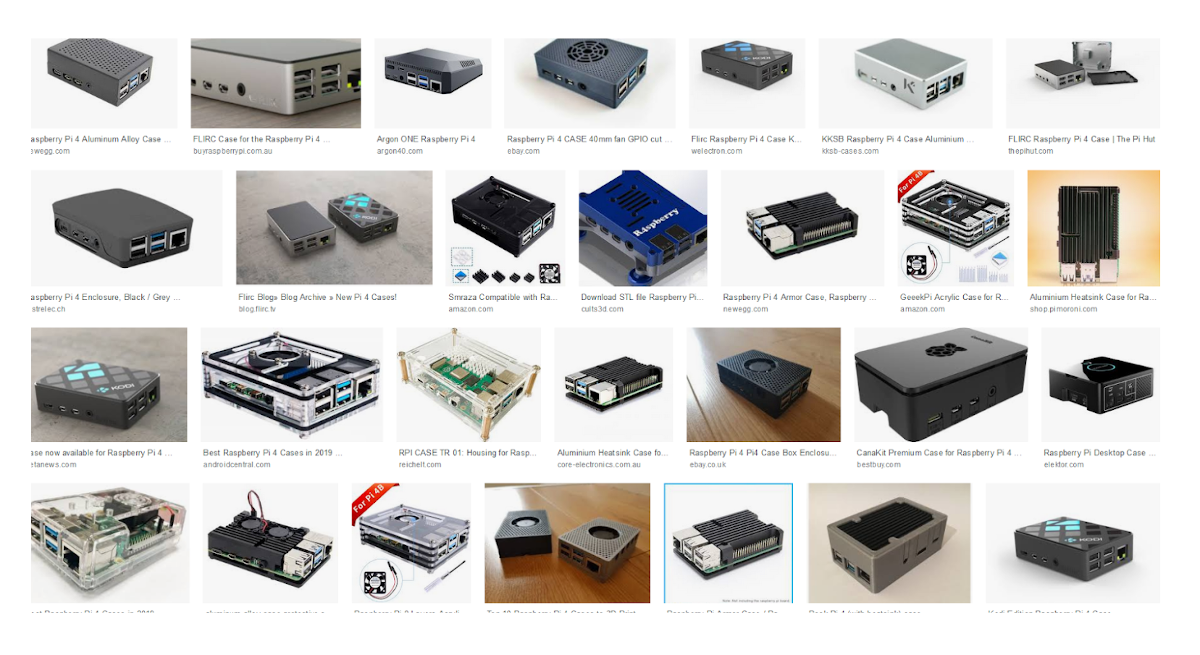
Personas and Moodboard
With these undesirable google results, we started the process of making a more visual-pleasing device. It pays to know who your target audience is when you are designing, and so for this specific project, we created a very easy customer persona: us.
As mentioned, we wanted to create a nice looking desktop computer powerful enough to run a browser on a single display. Sometimes it would also be used with a keyboard, mouse and a second display, but that’s it. Then, to explain the feeling and environment we wanted to create and cater for, we felt it was also important to create the moodboard you see below.
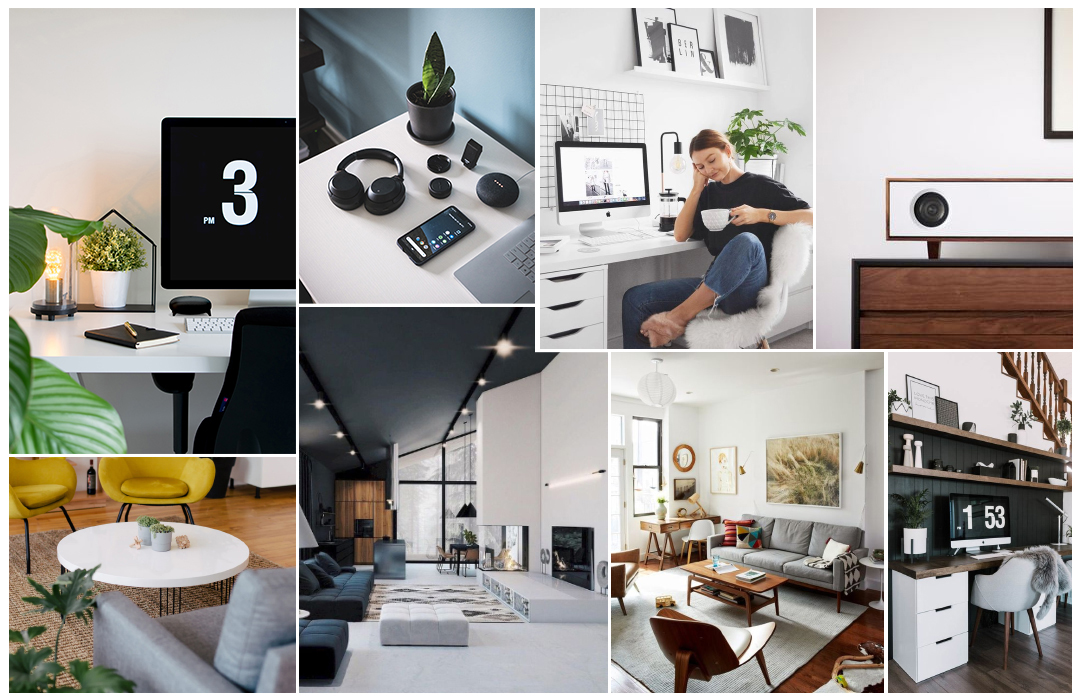
Product Sketching
We started with some quick sketches to better illustrate ideas and direction. From there we went over to some rapid 3d modeling to build some quick but still correct ratio and size concept models and create some rapid renders.
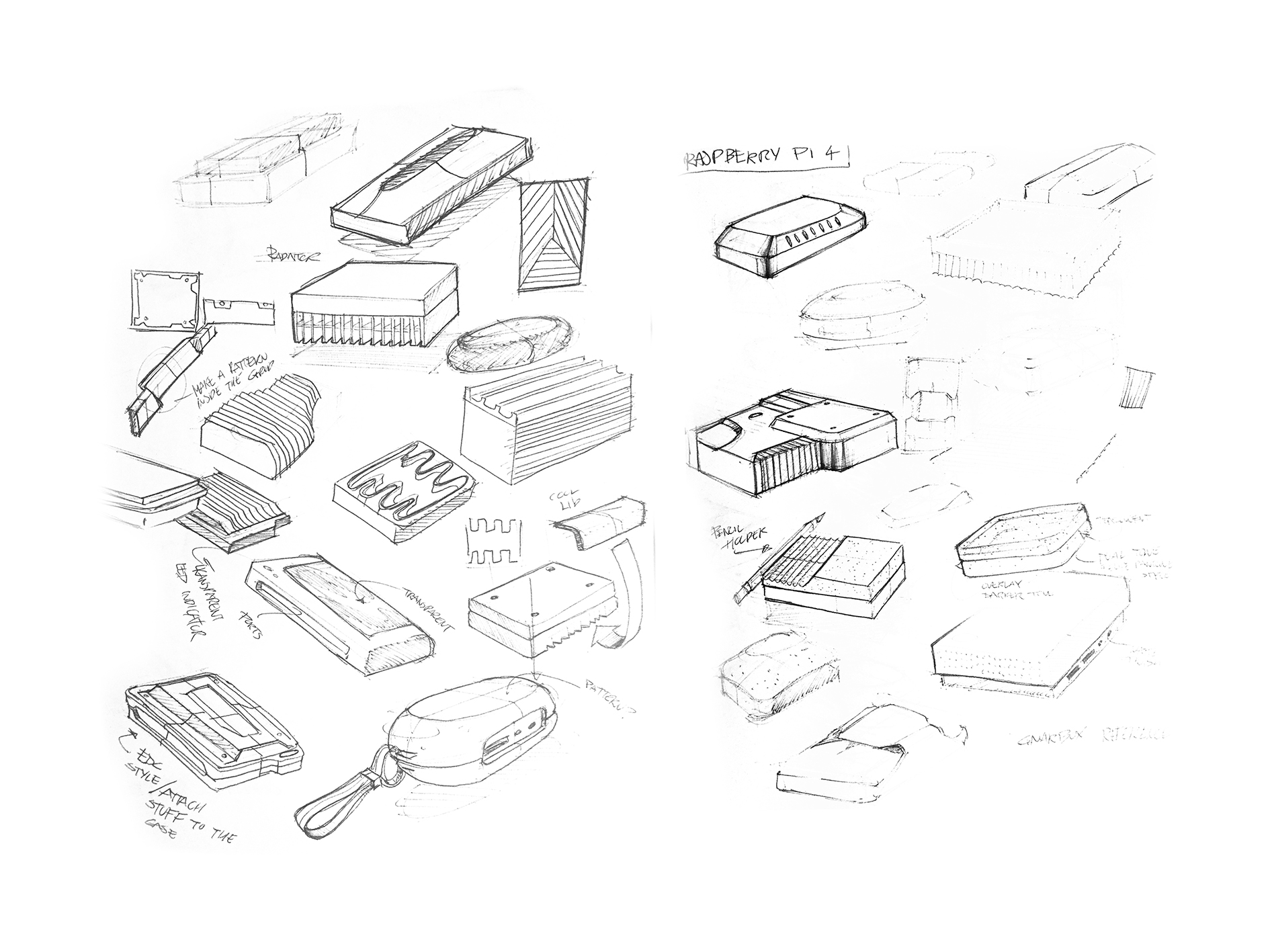
3D Modeling
When choosing a concept it is best to see the alternatives in the same fidelity so they are easy to compare. We first 3d modeled a rapid volume model of the Printed Circuit Board (PCB) and started modeling concepts around it. That way we know that all the concepts are more or less physically correct and comparable. For this modeling, we used Fusion360 that integrates freeform surface and parametric modeling in a very effective way.
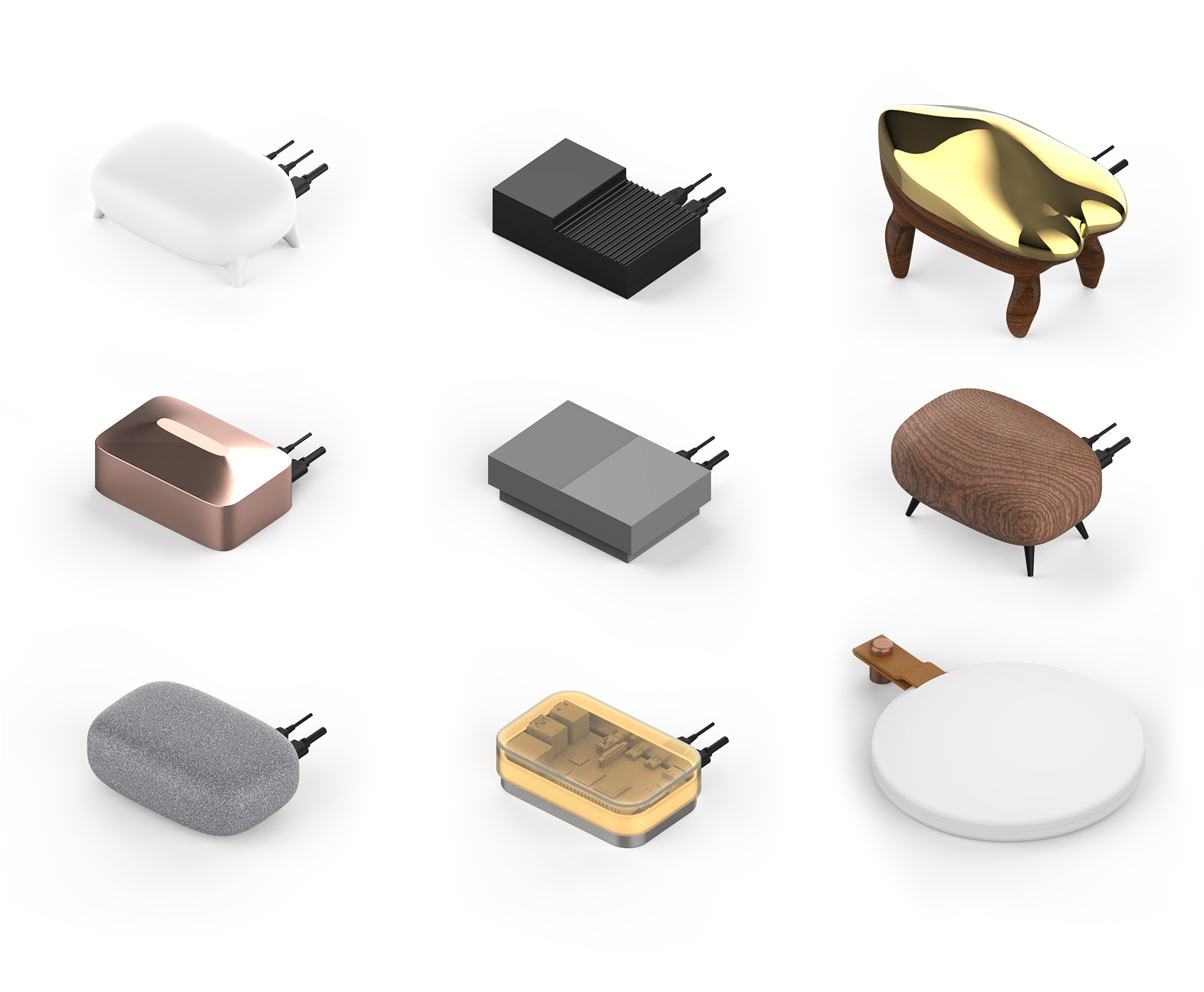
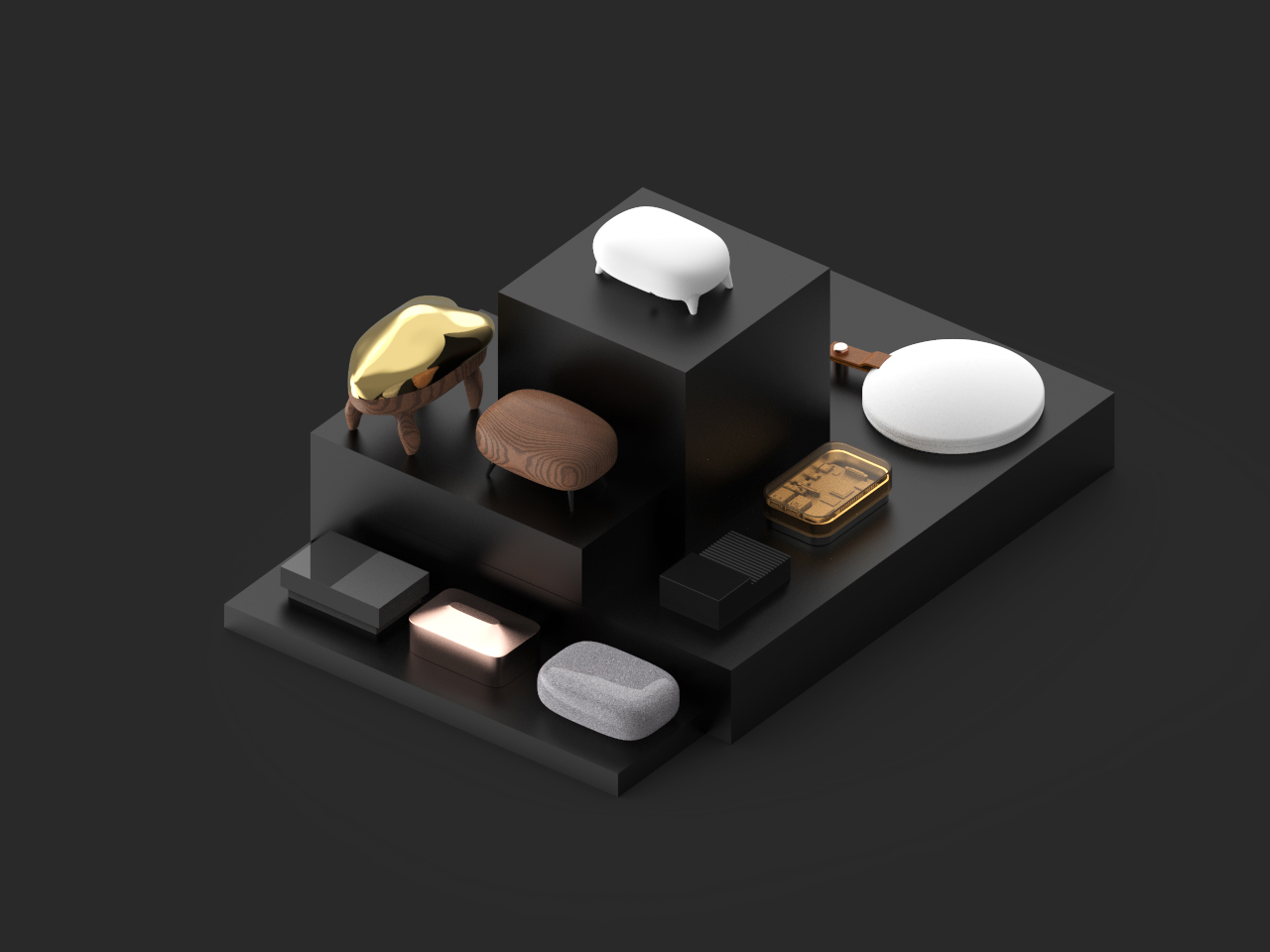
Concept Selection and Detailing
After settling on the design we liked the most, we added some details to it like lip/groove, screw bosses and air vents. We also chose to not have any openings for the USB or ethernet connectors, because come on, when is the last time you used your 4gb thumb drive? #formvsfunction #hack-proof #streamline
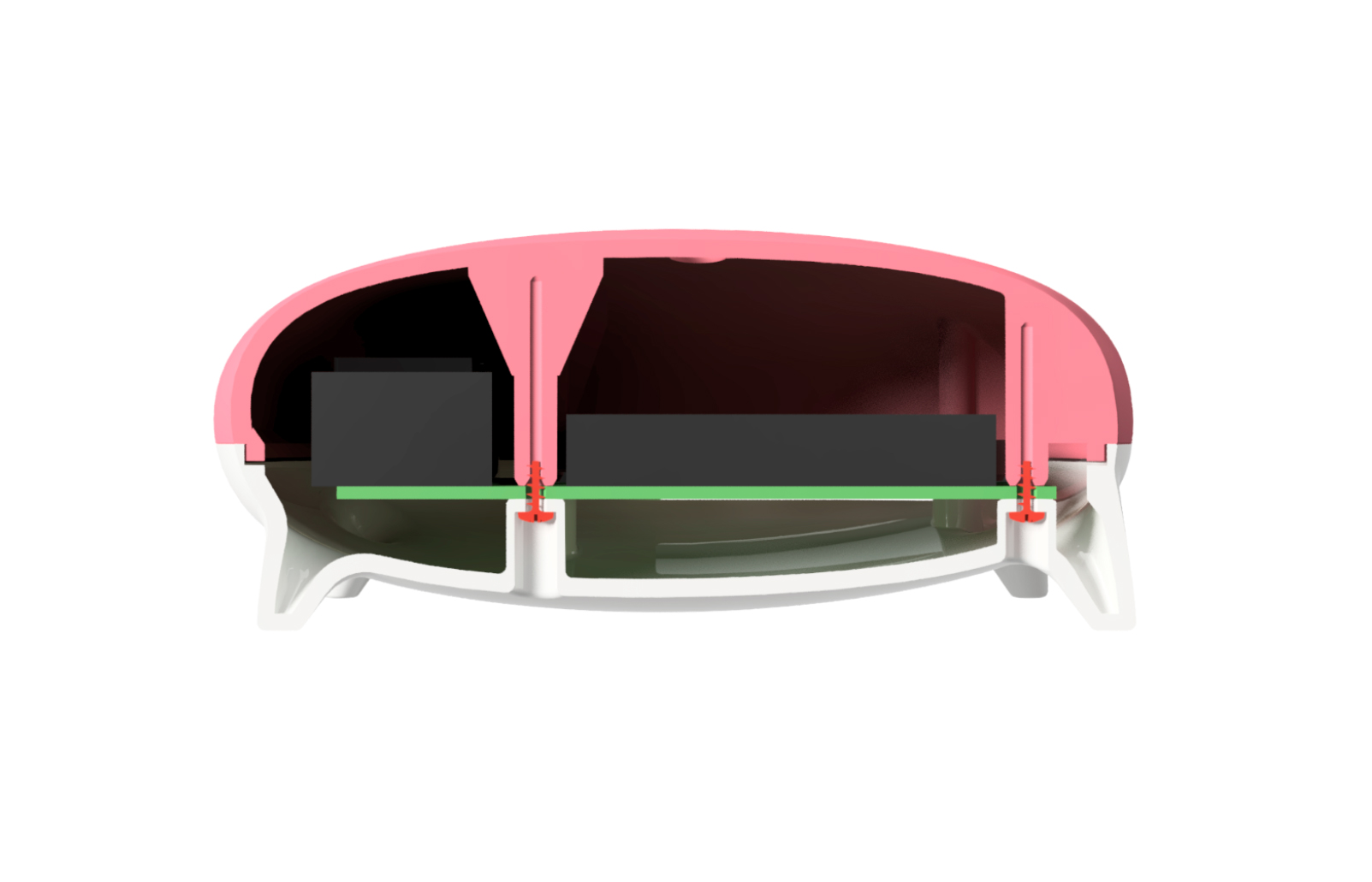
Final Product
Enjoy these spectacular product design renders of the finished design. Some of these are even created at a very high pace with the very fast and capable Fusion360 rendering. Think you can guess which ones? Don’t forget to download the models and print yourself a copy of this stylish casing.
